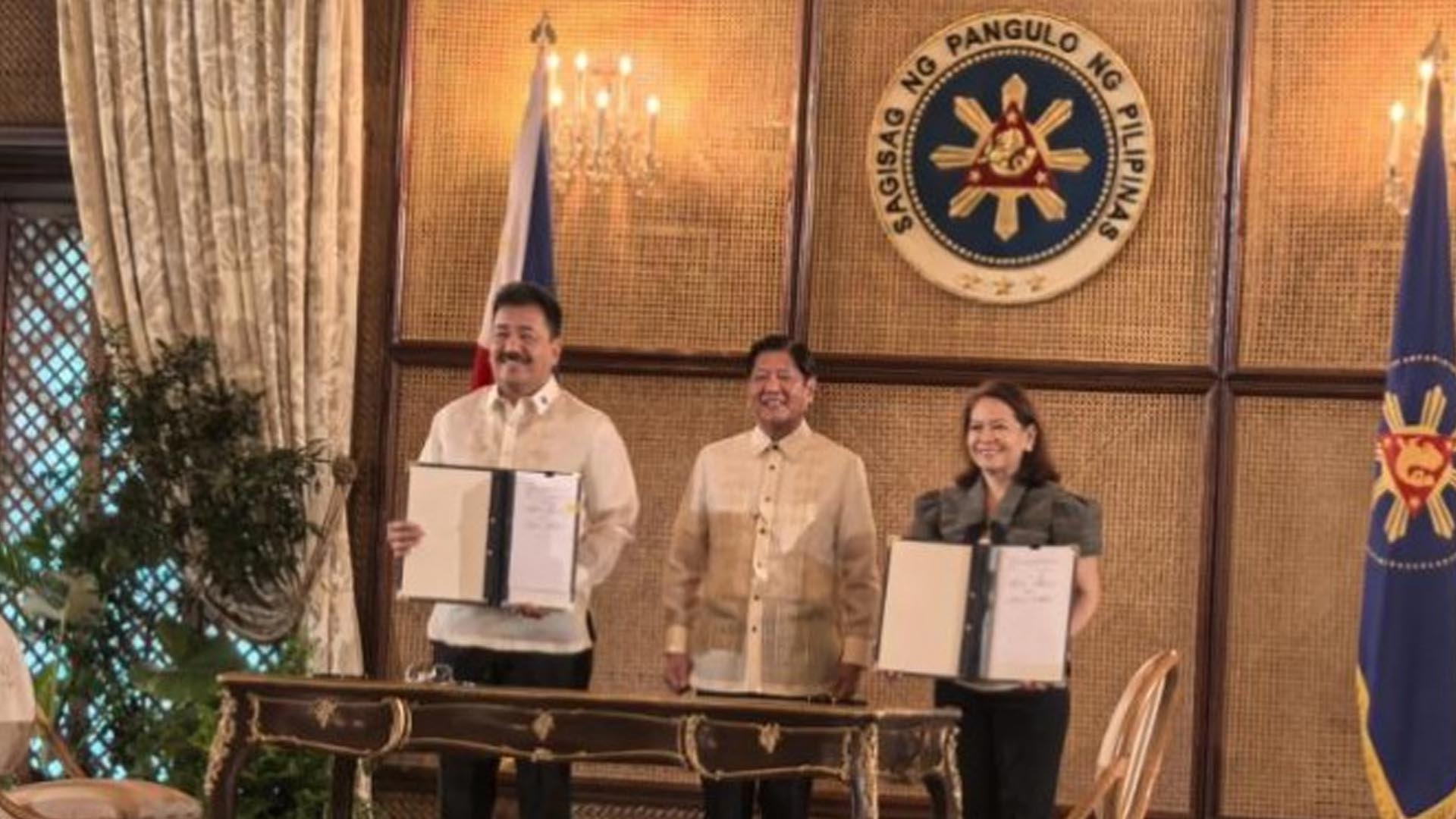The Professional Regulation Commission (PRC) and the Commission on Higher Education (CHED) inked Thursday a joint memorandum circular (JMC) aligning the Board Licensure Examination for Professional Teachers (BLEPT) with the teacher education curriculum.
The JMC was signed by PRC chairperson Charito Zamora and CHED chairperson J. Prospero de Vera III in a ceremony led by President Ferdinand R. Marcos Jr. at Malacañan Palace in Manila.
The joint circular aims to align the BLEPT with the teacher education curriculum, ensuring that the examination reflects the competencies necessary for effective teaching as set by the policies, standards, and guidelines.
In a keynote speech, Marcos said the JMC signifies his administration’s resolve to equip Filipino teachers with the skills and tools needed “to teach with depth, with clarity, and with purpose.”
“It is a vital step towards raising the quality of education for our present and, most importantly, our future generations,” Marcos said.
“Through the close cooperation of the Professional Regulation Commission and the Commission on Higher Education, we are aligning our systems to ensure the Licensure Examination reflects the actual competencies needed in classrooms today —whether in early childhood education, special needs education, or the many subjects taught in high schools across the country,” he added.
Under the JMC, the BLEPT will now be conducted separately by program, aligned with the relevant programs, standards, and guidelines issued by CHED.
This includes separate examinations for elementary education and secondary education.
Examinations for elementary education will now focus on two vital specializations, particularly the Early Childhood Education and Special Needs Education.
For secondary education, the specializations include English, Filipino, Mathematics, Science, Social Studies, Values Education, Technology and Livelihood Education, Technical-Vocational Teacher Education, Physical Education, and Culture and Arts Education.
Marcos said the reforms address the long-standing gaps in the Philippine Teachers Professionalization Act of 1994.
This, as he noted that from 2014 to 2024, only an average of 36.33 percent of examinees passed the BLEPT at the elementary level, while around 43.57 percent passed at the secondary level.
“Through this Joint Circular, we are making that process more than just relevant, more responsive, to every single examinee,” he said. “Alongside this, we are giving education graduates not just another shot —but we are giving them a good chance. Because what they learn should prepare them for the test that they are meant to take and the classrooms they are meant to lead.”
Pending the full passage of the amendatory law, Marcos said the government would continue strengthening the education system built by “empowered and compassionate teachers.”
According to the Second Congressional Commission on Education report, the misalignment between the teacher education curriculum from CHED and the BLEPT administered by the PRC has led to low passing rates and teacher specialization mismatch.
In the March 2024 BLEPT, graduates in Music, Arts, Physical Education and Health or MAPEH (34.1 percent), and Technology, Livelihood, Tech-Voc Education or TLTVE (33.2 percent) had significantly lower passing rates than the average of 62.9 percent, while Early Childhood Education graduates had a passing rate of 42.1 percent.
The mismatch has resulted in 62 percent of high school teachers teaching subjects they did not major in college. (PNA)





